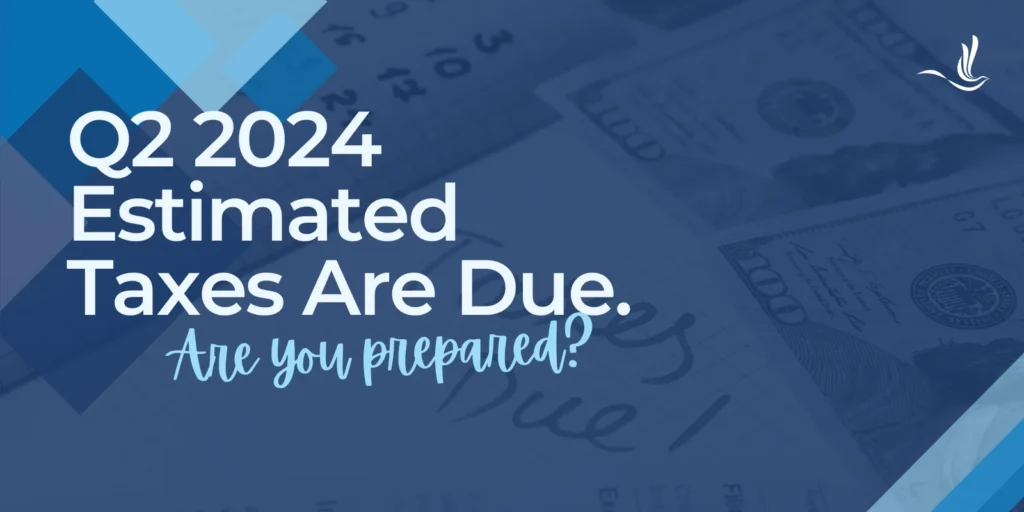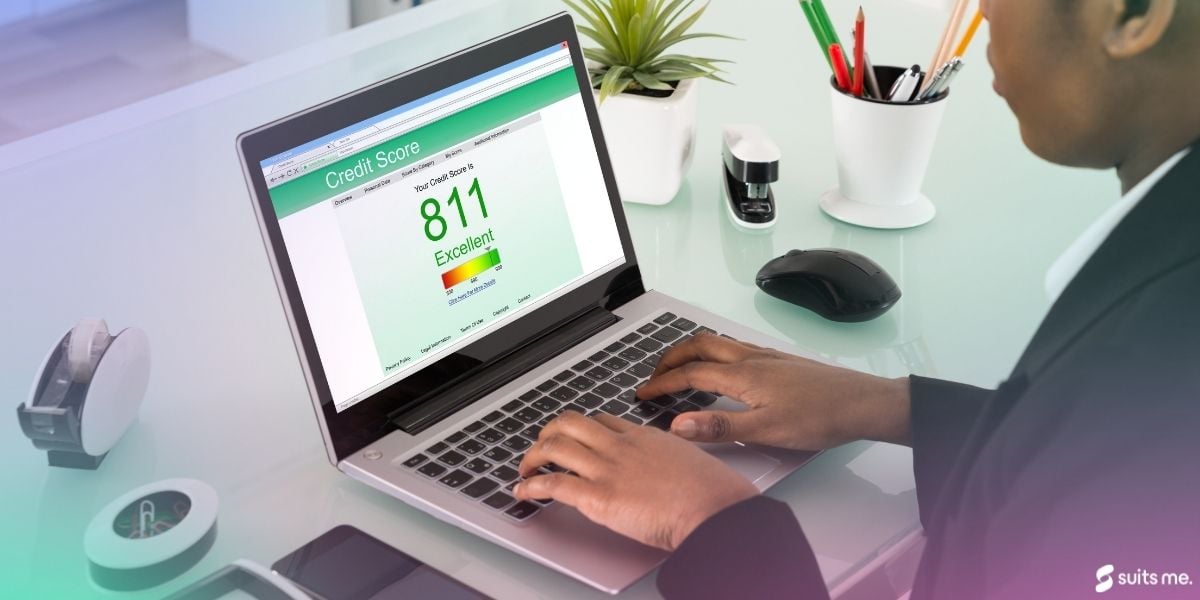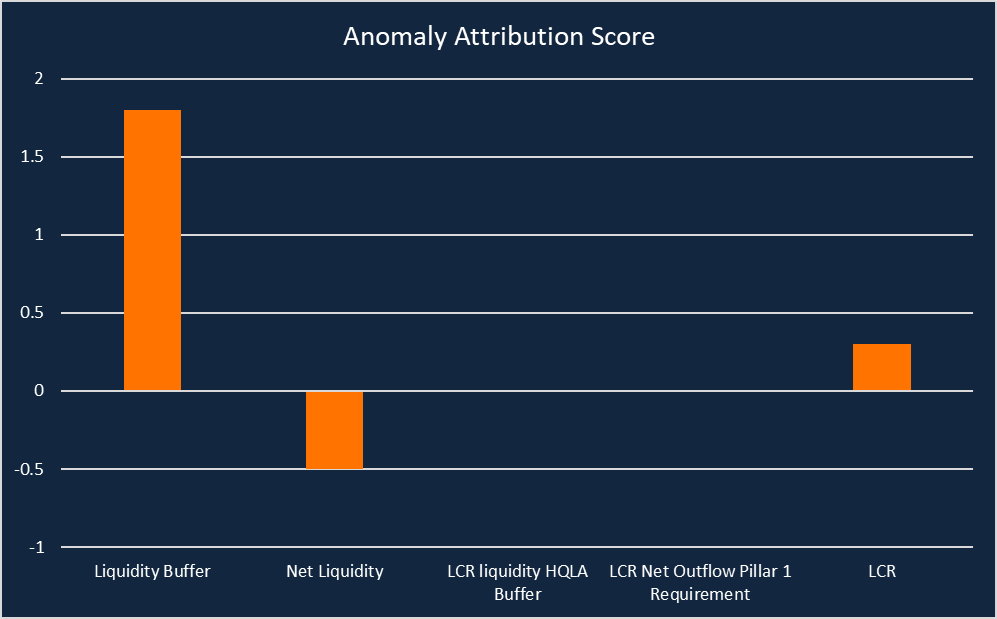If you’re in need of financing for your small business, but you’re not sure how much funding you need and don’t want to pay interest on money you don’t use, a business line of credit might be right for you.
A business line of credit is a flexible financing option that is analogous to a credit card. If you qualify, you’ll be approved for a maximum limit, then you can draw on that amount when you need cash, but you only pay interest on the amount that you use.
So now that you know what a business line of credit is, let’s look at how you can get one for your small business.
In this article:
How Does a Business Line of Credit Work?
Business lines of credit usually have two phases: a draw period and a repayment period.
During the draw period you can borrow funds up to a preset limit, with interest accruing on borrowed amounts. Repayment can start during the draw period or afterward, following a structured schedule until the borrowed sum is repaid in full. It’s crucial to note that interest rates on these credit lines are often variable, meaning they can change over time.
So for example, if you have a $10,000 business line of credit, but you only use $2,000 of it, you’ll only pay interest on that $2,000. If you need more cash for your business, you can always draw on the remaining $8,000. And as you repay that $2,000, the amount that is available for you to draw on goes back up accordingly.
What’s the difference between a bank line of credit and a fintech line of credit?
While both bank and fintech lines of credit serve the purpose of providing access to funds when needed, fintech lines of credit often excel in terms of accessibility, speed, and technological integration, while traditional bank lines of credit may offer lower interest rates and more established customer service channels.
| Bank Line of Credit | FinTech Line of Credit |
|---|---|
| Funded by traditional banks | Funded by FinTech Companies |
| In-person, paper application process | Streamlined, digital application |
| Often has lower rates and higher fees | Often has higher rates and lower fees |
| Less flexibility in terms | More flexible and customizable terms |
| Limited digital interfaces | Advanced digital tools |
| In-person support at branches | Online support |
Steps to Getting a Business Line of Credit
If you think a business line of credit is right for your needs, follow these steps to get started.
1. Assess Your Business Needs
Before you start the application process, take some time to assess your business’s financial needs. Determine how much credit you require and what you’ll be using it for.
While you may need the money for covering day-to-day expenses, purchasing equipment, or funding a specific project, having a clear understanding of your financial goals will help guide your application.
2. Check Your Credit Score
Your personal and business credit scores play a significant role in the approval process for a business line of credit. Lenders will scrutinize your credit history to assess your creditworthiness and risk level.
While building your credit profile, aim for a credit score of 680 or above to increase your chances of approval. If your credit score is less than stellar, work on improving it before applying for a line of credit.
3. Gather Your Financial Documents
Lenders will want to see a variety of financial documents to evaluate your business’s financial health.
These may include tax returns, bank statements, profit and loss statements, balance sheets, and cash flow projections. Be prepared to provide these documents to support your application.
If you’re applying for a line of credit from a traditional bank, make sure you have paper copies in addition to digital ones. For FinTech lines of credit, you will likely only need digital records. Some FinTechs even allow you to seamlessly connect your bank or other relevant accounts to their applications for a seamless experience.
4. Submit Your Application
The next step is to submit your application to your bank, or if you’re applying for a FinTech line of credit, online. Be thorough and accurate when completing the application form, and don’t leave any blanks unanswered. Most digital applications will flag these errors for you to ensure your application has a faster processing time.
5. Wait for Approval
After you’ve submitted your application, the waiting game begins. The approval process can vary from a few days to a few weeks depending on the lender and the complexity of your application. FinTechs generally have a faster processing time than traditional banks, and may be able to approve your application within hours.
Be patient and responsive to any requests for additional information or documentation.
6. Review the Terms
If your application is approved, carefully review the terms and conditions of the line of credit agreement before signing on the dotted line.
Pay close attention to interest rates, fees, repayment terms, and any other important details. Make sure you fully understand your obligations as a borrower.
Costs of a Business Line of Credit
While a business line of credit can provide valuable financial flexibility, it’s essential to understand the associated costs and other requirements involved. Here are some common fees you may encounter:
Interest
Like any form of borrowing, you’ll typically pay interest on the funds you use from your line of credit. Interest rates for a new line of credit is typically between 7% to 9%, although it can vary depending on factors such as your creditworthiness, the lender’s policies, and prevailing market rates.
Origination fee
Depending on the lender you use, you may have to pay an origination fee for the business line of credit. Origination fees usually range from about 0.5% to 5% of your total loan amount.
Draw Fees
Some lenders may charge a fee each time you draw funds from your line of credit. This fee is usually calculated as a percentage of the amount drawn.
Processing Fees
There may be upfront processing fees associated with opening a business line of credit. These fees cover the cost of underwriting and approving your application.
Late Fees
If you fail to make timely payments on your line of credit, you may incur late fees or penalties. Late fees can add up quickly and negatively impact your credit score.
Annual Fees
Some lenders may charge an annual fee for maintaining access to your business line of credit, regardless of whether you use the funds.
Early Repayment Fee
This is a penalty for repaying the loan ahead of schedule. Lenders may impose this fee to compensate for the interest income they would have earned if you had continued to make payments over the original term. It’s important to be aware of this fee when considering early repayment, as it can impact the overall cost-effectiveness of using the line of credit.
Common Application Mistakes
When applying for a business line of credit, avoid these common pitfalls:
Neglecting Your Credit Score
Your credit score is a critical factor in the approval process. Make sure to check your credit report regularly and address any errors or issues that could negatively impact your score.
Overlooking Financial Documentation
Be thorough when providing financial documents to support your application. Incomplete or inaccurate information can delay the approval process or result in rejection.
Applying for Too Much Credit
While it’s tempting to request a large credit limit, be realistic about your business’s borrowing needs. Applying for more credit than necessary can raise red flags with lenders and decrease your chances of approval.
Drawbacks to Lines of Credit
A business line of credit can be a valuable financial tool, but like any financial product, it comes with potential pitfalls. Here are some common ones to be aware of:
- Overborrowing: It’s tempting to max out a line of credit, especially when it’s readily available. However, borrowing more than your business needs can lead to financial strain down the line, as you’ll have to repay the borrowed funds along with interest.
- Dependency: Relying too heavily on a line of credit to cover ongoing expenses can indicate underlying financial issues within your business. Using it as a band-aid solution rather than addressing root problems could lead to a cycle of debt.
- Credit Score Impact: Just like with personal credit cards, using a business line of credit affects your business credit score. Late payments or high credit utilization can damage your credit score, making it harder to secure favorable terms on future financing.
- Unexpected Fees: Read the fine print carefully. Some lines of credit come with fees for things like maintenance, drawdowns, or early repayment. These fees can eat into your available funds and increase the overall cost of borrowing.
- Renewal Risk: Lines of credit are typically renewable annually or semi-annually. Your lender reserves the right to not renew your line of credit based on changes in your business’s financial health or market conditions. Losing access to a line of credit can be problematic if your business relies on it for liquidity.
- Term Mismatch: If you’re using a line of credit to fund long-term investments, there may be a mismatch between the short-term nature of the line of credit and the long-term payback period of your investments. This can lead to cash flow problems when it’s time to repay the borrowed funds.
To mitigate these pitfalls, it’s essential to borrow responsibly, have a clear repayment plan in place, and regularly reassess your business’s financial health to ensure that borrowing is still necessary and sustainable.
Alternatives to a Business Line of Credit
While a business line of credit can be a valuable financing tool, it’s not the only option available to small businesses. Before you decide on a financing product, shop around different lenders to see what products, terms, and rates they offer. Doing so will ensure that you find the best product for your needs, which can have a lasting impact on your business in the near and long term.
Here are some alternatives to be aware of:
1. Small Business Loans
If you need a lump sum of capital for a specific purpose, a small business loan may be a better fit. These loans typically have fixed repayment terms and may offer lower interest rates than a line of credit.
If you think a term loan is a good fit for your needs, contact Biz2Credit to learn more about our small business loans.
2. Business Credit Cards
For smaller expenses or short-term financing needs, a business credit card can provide convenient access to funds. Look for cards with rewards programs and low introductory APRs to maximize benefits.
The key difference between a business credit card and line of credit is that the business credit card is likely to have higher interest rates and makes it harder to withdraw cash, but at the same time you won’t pay interest on the credit you use unless you are late making a payment.
3. Invoice Financing
If your business relies on invoicing customers for payment, invoice financing can help bridge gaps in cash flow. This option allows you to borrow against outstanding invoices to access funds quickly.
4. Merchant Cash Advances
For businesses with consistent credit card sales, a merchant cash advance, or revenue based financing, offers a lump sum of cash in exchange for a percentage of future credit card sales. It provides fast and convenient funding for business owners who need it.
It’s not a loan, so there is no fixed term or interest rate. Payments are flexible based on business performance. However, it can come with higher interest rates and fees than other types of funding.
The Right Financing for Your Small Business
In the end, it’s helpful to review the financing products available to your business before deciding where to apply for financing. That means researching the financing options mentioned above, and even talking with a financing specialist who can answer your questions and help find the right solution for your business needs.
Learn about the Biz2Credit financing process
Publisher: Source link











